How to play in Lijiang, Yunnan? You must keep this 2-day Lijiang leisure tour guide

Day1: Tinghua Valley-Tinghua Hall-Shuhe Ancient City
Day2: Baisha Murals-Baisha Ancient Town

You don't have to go to Lijiang Ancient City to come to Lijiang. Tinghua Valley is beautiful without any modification!
What if you add the church, the Hobbit House, and the plank road in the trees?
There is no difference between here and heaven, so beautiful that you can't breathe ~

Love it here, for nothing else,
Because I have everything I want.
Castle, church, Hobbit House.
Satisfied all my fantasies.


Give me a cup of tea, stay here quietly all day,
I didn't think about anything, just looked at the snowy mountains in the distance, stared blankly, and emptied myself.
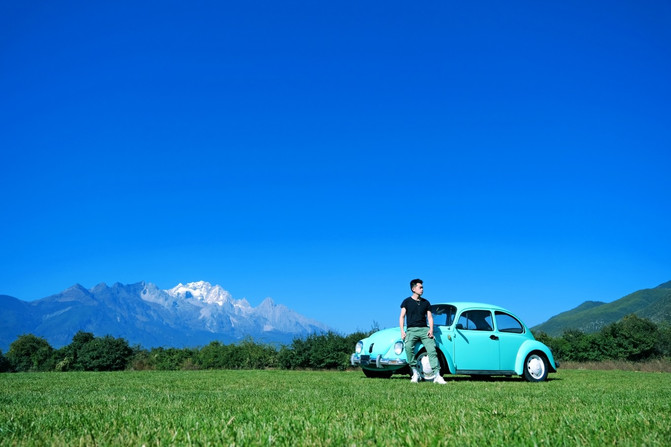
There are also several classic cars parked on the grass in front of the snowy mountain, which is very suitable for the environment. It's not a model. The door can still be opened and there are car keys inside.


Enter the Hobbit Lodge. Lower your head and enter the door. This place is just like in "The Lord of the Rings". Green mountains and clear waters surround this place. I really love this place so much.

This is the last piece of pure land hidden in the bustling Lijiang. Tinghua Valley is located in the sexiest position on the Yulong Snow Mountain, the most beautiful section of Lijiang, the most beautiful section in China.

In the romantic lavender garden, the flower language of lavender is "waiting for the arrival of love". The noble and mysterious color exudes a charming romantic fragrance, and you look up and enjoy the warmth of the sunshine here.


Lijiang is a gentler journey and a stunning first time. When it comes to Lijiang, most people think of the Ancient City of Lijiang, Lanyue Valley, Yunshanping, or the Yulong Snow Mountain and Lashihai. But Tinghua Valley is indeed the most beautiful uninhabited place ~

The beautiful plank road is the other bank to happiness. You can make a big movie with just a photo here.
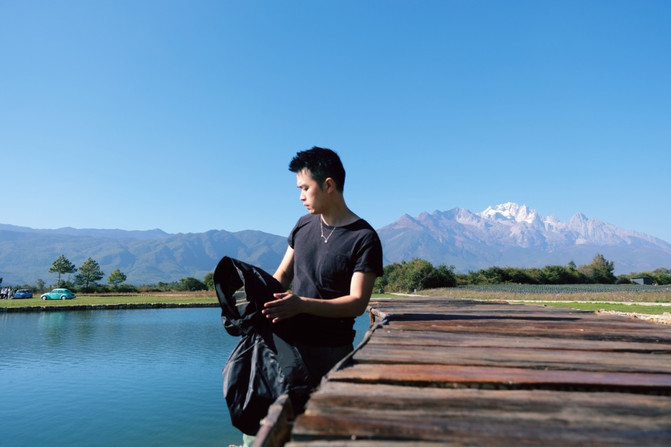
Is this the legendary fairy tale world? Breathing in the fresh air and looking at the Jade Dragon Snow Mountain, all my worries were left behind.

Through mountains, rivers and lakes, under the 5596-meter Yulong Snow Mountain and the 2600-meter Yunnan-Guizhou Plateau, Tinghua Valley is located in it.


In the fresh sunflower flower field, the flower language of the sunflower depends on the number: one means that you are the only one for me, two means that you and I are the two of you and I are the two of you, five means no regrets, and thirteen means secret love.
This place is like the sweet autumn in Miyazaki Tsu comics, a simple and beautiful world.

Not only that, it is also the birthplace of Naxi culture. The twilight drums and morning bells 900 years ago echoed the legend of Dongba.
Baisha murals, Dongba Ancient Courtyard, Naxi Ancient Music, Snow Mountain Miracle Doctor, curious about every story here.


After returning from Tinghuatang, I moved into Tinghuatang. Flowers bloomed all over the courtyard, climbed up the courtyard wall, and covered every inch of the room.

This is Shuhe Tinghuatang, a secret garden hidden in Shuhe Ancient Town.

Eyes full of colorful, European fountains,
One second dazzled by the beautiful scenery,
It's like traveling to a garden town in Europe.
Riding a wooden horse in the dreamy courtyard,
Count the passing years in a room full of emotion.


Dandelions, blue roses, beautiful cherry blossoms...
These are not only flowers that decorate the yard,
It is also a pleasant room name for Tinghuatang.

Pushing open the window, the sun immediately spread into the room,
Reflecting the beautiful texture of white oak furniture.

"In a place with the brightest sunshine, build a small courtyard, grow flowers and grass, and ignore the world." Spend a long time listening to falling flowers in this colorful courtyard.

Life is always full of surprises, just like the green of this wall, which gives people the desire to live. The naive bear sits in the middle of the yard, which is very matched in the green forest kingdom.

This place is designed in a European rural style, with flowers as the theme, and is divided into a front yard and a backyard. It is run through by three gardens with different views: Jasmine Town Central Garden, Garden Restaurant, and Roof Garden.

This place is filled with pots and clusters of flowers, surrounded by stories of the past that you didn't know.

Walking onto the terrace, you can overlook the Yulong Snow Mountain and the beautiful scenery of Shuhe Ancient Town. The Garden Breakfast Room is surrounded by various flowers. When I looked across the rows of roofs, I saw Shuhe thousands of years ago.
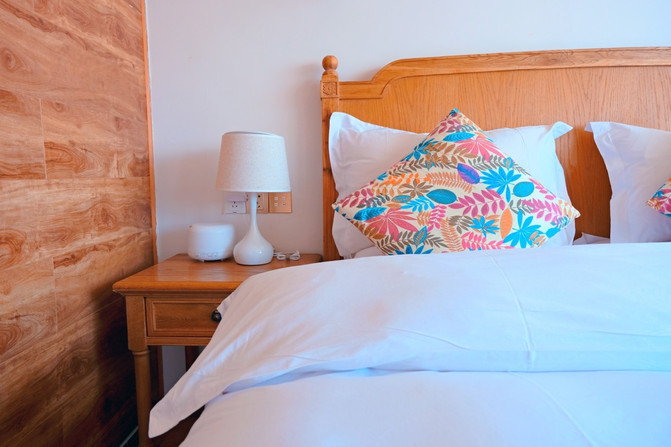
The style of the room is a low-key pastoral style. The combination of wood colors fills every corner of the space. The white walls and white doors all give people the greatest impression of being pure and flawless.

The room is equipped with imported white oak solid wood furniture, a privately customized latex mattress, 90% eiderdown quilt core and pillow core. Everything is high-end and low-key.


When you walk into the living room, there are stools where you can change your shoes. The entire room was filled with a faint fragrance. The bedside also prepared a late snack for me, including flower cakes and milk. It was really thoughtful.



The ancient town of Shuhe, where Tinghuatang is located, evolved from a rural market and retains some rural flavors, such as ditches, trees and vines, which are things that photography enthusiasts prefer to capture.

Due to the mature urbanization of the ancient city of Lijiang, almost all elements are too man-made. In comparison, I prefer the purity of Shuhe Ancient Town.

Lazy cat, lazy afternoon. The simplicity and primitive precipitation here is more in line with my understanding and conjecture of the ancient town. I can always find something touching here from time to time.

Sitting on those long benches and small wooden chairs wrapped in the fragrance of earth and thinking quietly about time is also another way of life.

Shuhe Ancient Town is not big, basically full of shops and inns. The most common ones are shops selling specialty goods, such as the Miao people's hand-crafted silver jewelry and Myanmar jade, all of which are ancient wooden facades.

A stream runs through the entire Shuhe Ancient Town, reflecting the beauty of the entire Shuhe Ancient Town.

If you want to see the snowy mountains, you can also see the Yulong Snow Mountains if you find a B & B here.

When Xu Xiake visited Zhishan Liberation Forest, he once walked here. He wrote in "Xu Xiake's Travels":"Crossing a dry stream and stone bridge, looking west to the middle sea, dark willows and waves, and there are large settlements on it, which is Shihe Courtyard." Shihe is the ancient name of Shuhe Ancient Town today. The stone bridge mentioned here is one of the check-in attractions in the ancient town-Qinglong Bridge.

Qinglong Bridge is next to Sifang Street in the core area of the ancient town. Behind the bridge, opposite Sifang Bridge, that is, to the west, is Jubao Mountain.


When you are tired of shopping, find a coffee shop, listen to live folk songs, and order a mango smoothie. This afternoon was particularly pleasant.
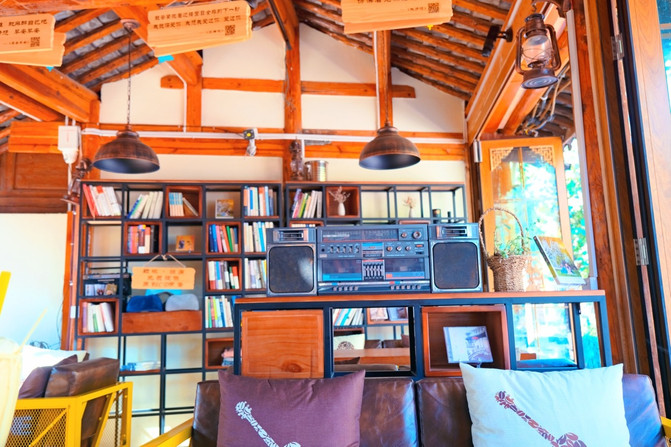
Check in a rice noodle shop everywhere, and it's surprisingly delicious! It seems that there are many delicious food in Shuhe Ancient Town.


The next day, you can go to Baisha Ancient Town to see Baisha murals. "Baisha Murals" are one of the most famous attractions in Baisha Ancient Town. From the early Ming Dynasty to the late Qing Dynasty, Lijiang murals were once the prosperous period of Lijiang murals. Lijiang murals are the inheritors of the Tang and Song Dynasties mural art and are a treasure of the world's mural art.

The entire courtyard of the "Baisha Murals" is arranged symmetrically on the axis of our country's traditional axis. There are many trees in the courtyard that are hundreds of years old. There are not many tourists who come here in ordinary times, and the entire courtyard also looks very quiet and simple.
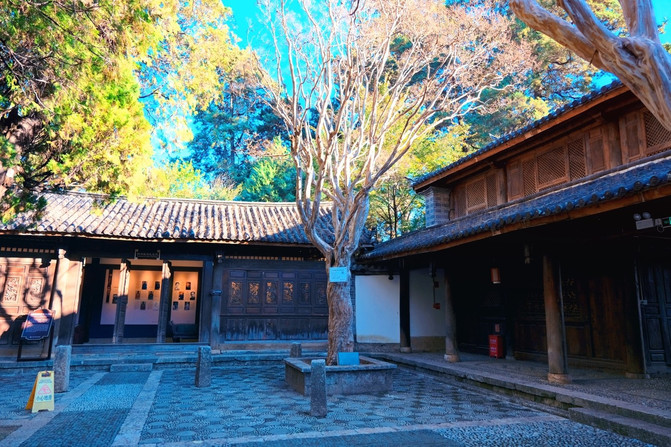
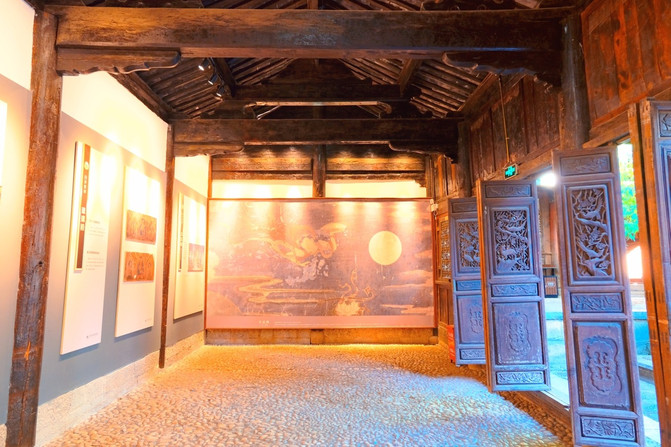
The "Taibao Palace" was built in the 15th year of Yongle of the Ming Dynasty. It consists of a mountain gate, a front yard, a Buddhist scripture building, a corridor, and a glass hall. There are precious materials for studying the cultural history, art history and religious history of our country's ethnic minorities.

Baisha murals are one of the manifestations of Lijiang's Dongba culture. The content of the paintings is also a true reflection of the diversified life in Lijiang. Here, you can also learn about the history and origin of Naxi culture.

During the prosperous period of Lijiang murals, there were more than 200 murals at that time. Now 55 murals exist in the museum, and they are very oxidized, with only 16 relatively complete. Watching these ancient murals will calm people down.


Baisha murals absorb the fine brushwork in Han paintings, blend the brilliant colors of Tibetan Buddhist paintings, as well as the rough and romantic character of the Naxi people. Each painting is very colorful.


Baisha does not have much prosperous commercial atmosphere, and still retains the most simple lifestyle in the area.

Baisha Ancient Town is not big. There are no dazzling shops or endless people here. It is the place where Naxi people live, and more than 80% of them are originally inhabited by the Naxi people.

Because Baisha Ancient Town is located at the foot of the snowy mountains, you can basically see the snowy mountains in the distance in every corner of the ancient town. It contrasts with this ancient ancient town, like a watercolor painting. Looking at the few tourists on the street, there is a feeling of being hidden in the world.

In Baisha Ancient Town, you will also see dogs pacing lazily on the road, grandfathers drinking tea and playing chess in the sun, and children playing lively and playful. Time seems to have been frozen, which feels very wonderful.

This was once the political, economic, commercial and cultural center of the Naxi ethnic group in Lijiang. It was also the origin of the regime of the "Mu Family" of Lijiang Tusi. It witnessed the prosperity of Lijiang in ancient times, and also witnessed the birth of the "Mu Family" of Lijiang Tusi.
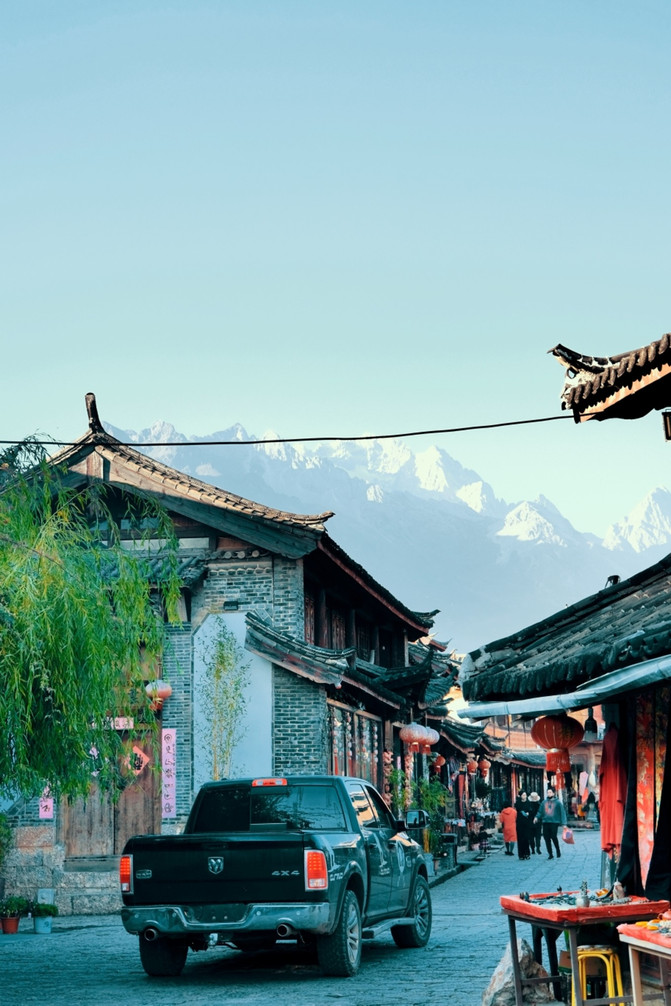
Such a thousand-year-old ancient town, after experiencing its past glory and vicissitudes, has washed away the lead of the years, leaving behind a face with light clouds and light winds, laziness under the bright sunshine and indifference in the drizzle. It sits quietly under the Yulong Snow Mountain, watching the quiet years, and tells the story of the Naxi people's long history to future generations.


Under the continuous Naxi building tiles, everything you can see is comfortable. The sky is light blue after washing, and the color is as clear and clear as the flowing water in the Blue Moon Valley.


Many traditional crafts are also preserved here. You can walk into a tie dyeing workshop and experience the craftsmanship of tie dyeing. Reproduce the traditional patterns of the Naxi people.

Like its beautiful name, this place is pure and flawless. The Snow Mountain Goddess sprinkled a handful of silver on the road to the ancient town. Time passed, and it forever protects the ancient town of Naxi at the foot of the mountain.

Transportation tips:
Cycling: Cycling from Lijiang Ancient City to Baisha Ancient Town takes 11 kilometers and takes about 55 minutes.
Bus: Take Bus No. 6 and get off at Baisha Township People's Government Station (intersection of Baisha Ancient Town).
Taxi: It takes about 30 minutes to depart from the Ancient City of Lijiang.

Love Yunnan, love Lijiang, Lijiang is not just the ancient city of Lijiang.
There are more things and distances worth exploring.
Previous Article:Banyan Tree Lijiang: Chinese-style garden, quiet courtyard, and Yulong Snow Mountain is its background wall
Next Article:Yunnan is a desirable place
